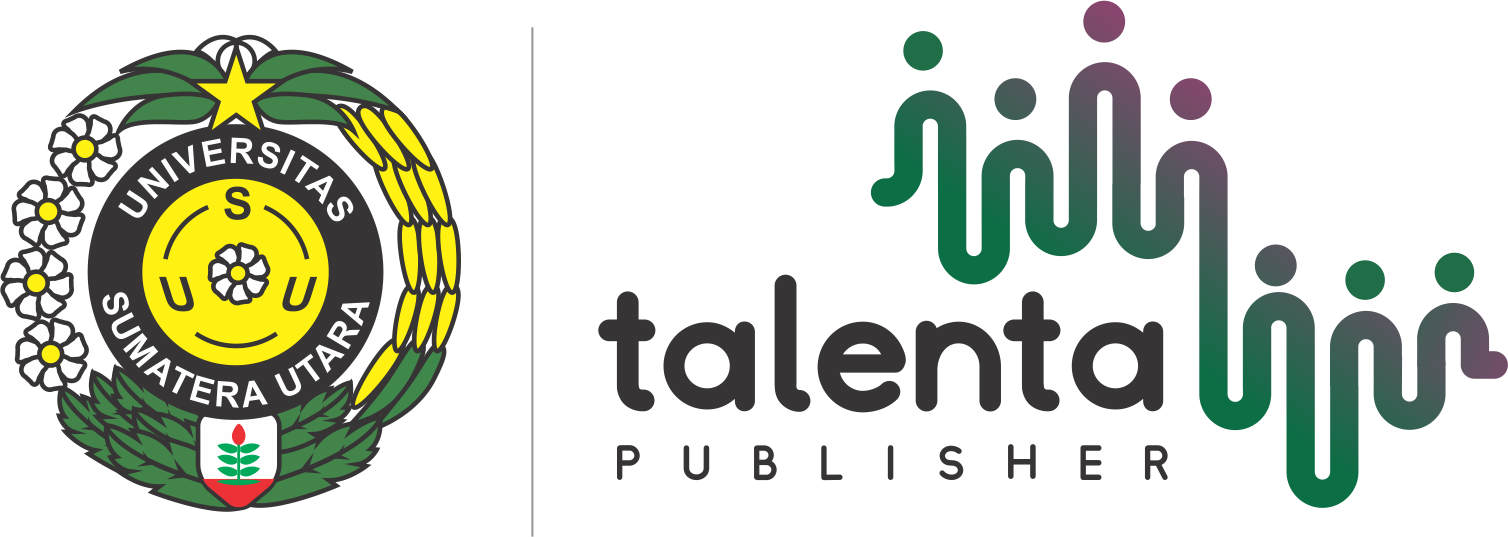Penerapan Metode Six Sigma pada Pengendalian Kualitas Produksi Ragum di PT. XYZ
| Authors | ||
| Issue | Vol 8 No 1 (2025): Talenta Conference Series: Energy and Engineering (EE) | |
| Section | Articles | |
| Section |
Copyright (c) 2025 Talenta Conference Series: Energy and Engineering (EE)  This work is licensed under a Creative Commons Attribution-NonCommercial-NoDerivatives 4.0 International License. |
|
| Galley | ||
| DOI: | https://doi.org/10.32734/ee.v8i1.2590 | |
| Keywords: | DMAIC Defect Per Opportunity (DPO) Pengendalian Kualitas Produksi Ragum Six Sigma Quality Control Vice Production | |
| Published | 2025-07-28 |
Abstract
Dalam era persaingan industri yang semakin ketatm, kualitas produk menjadi aspek krusial yang menentukan keberlangsungan perusahaan. PT. XYZ, sebagai produsen ragum, menghadapi tantangan serius berupa tingginya jumlah produk cacat yang berdampak pada penurunan kepuasan pelanggan dan efisiensi produksi. Permasalahan utama yang diidentifikasi adalah tingginya tingkat cacat seperti karat, sompel, dan permukaan tidak rata yang berasal dari faktor manusia, mesin, material, dan metode produksi. Penelitian ini bertujuan untuk menerapkan metode Six Sigma dengan pendekatan DMAIC (Define, Measure, Analyze, Improve, Control) guna mengendalikan kualitas dan mengurangi tingkat kecacatan produk ragum. Melalui penggunaan alat bantu Seven Tools, seperti Check Sheet, Stratifikasi, Scatter Diagram Histogram, Pareto Diagram, Fishbone Diagram, dan Control Chart, dilakukan analisis mendalam terhadap penyebab cacat serta identifikasi area perbaikan. Hasil penelitian menunjukkan bahwa nilai Defect Per Opportunity (DPO) sebesar 0,1369, yang setara dengan 13,69% produk cacat per bulan. Upaya perbaikan yang diterapkan, termasuk pelatihan operator, perawatan mesin, pemilihan material yang sesuai, dan pembentukan SOP, terbukti meningkatkan kendali proses dan menurunkan potensi kecacatan. Penelitian ini memberikan manfaat signifikan bagi perusahaan dalam meningkatkan mutu produk, efisiensi proses produksi, serta kepuasan pelanggan. Penerapan metode Six Sigma terbukti efektif sebagai strategi pengendalian kualitas yang berkelanjutan di lingkungan industri manufaktur.
In an era of increasingly intense industrial competition, product quality has become a crucial factor determining a company's sustainability. PT. XYZ, as a manufacturer of vices, faces serious challenges due to a high number of defective products, which negatively affects customer satisfaction and production efficiency. The main issues identified include a high rate of defects such as rust, chipping, and uneven surfaces, originating from human, machine, material, and method-related factors. This study aims to apply the Six Sigma methodology using the DMAIC (Define, Measure, Analyze, Improve, Control) approach to control quality and reduce the defect rate in vice production. By utilizing quality control tools known as the Seven Tools such as Check Sheets, Stratification, Scatter Diagram Histogram, Pareto Diagram Histograms, Fishbone Diagrams, and Control Charth in-depth analysis of defect causes was conducted along with identification of improvement areas. The results of the study indicate a Defect Per Opportunity (DPO) value of 0.1369, equivalent to a 13.69% defect rate per month. The implemented improvements including operator training, machine maintenance, appropriate material selection, and the establishment of Standard Operating Procedures (SOPs) have proven effective in enhancing process control and reducing the potential for defects. This research provides significant benefits for the company by improving product quality, production process efficiency, and customer satisfaction. The application of the Six Sigma method is proven to be an effective and sustainable quality control strategy within the manufacturing industry.





